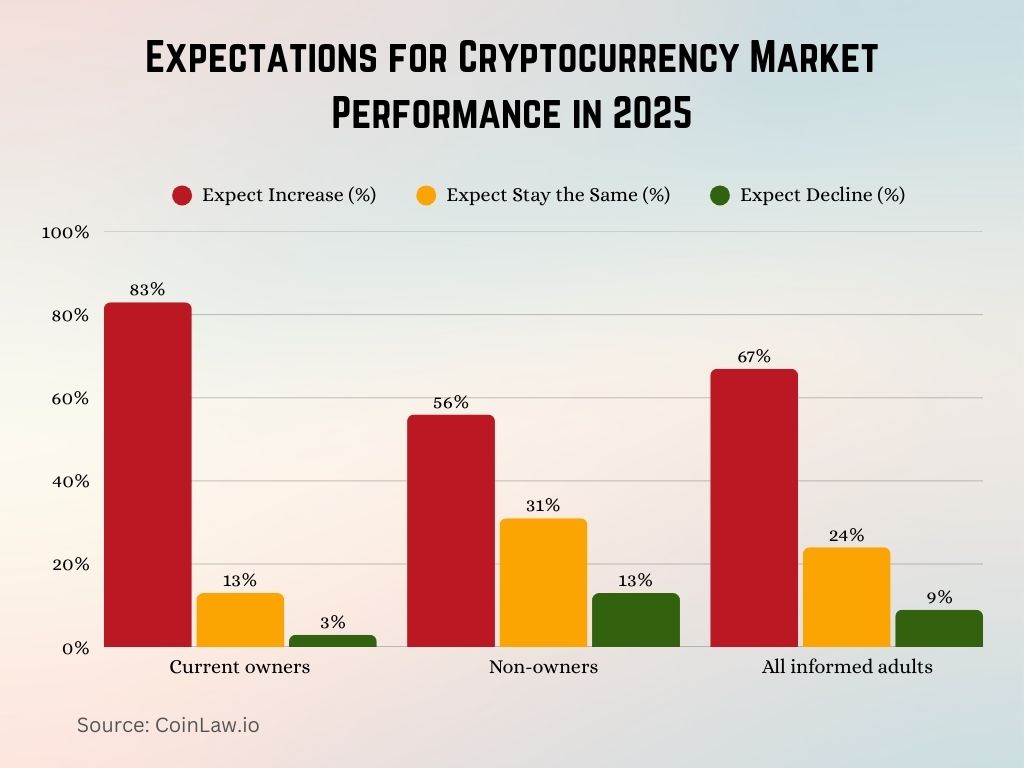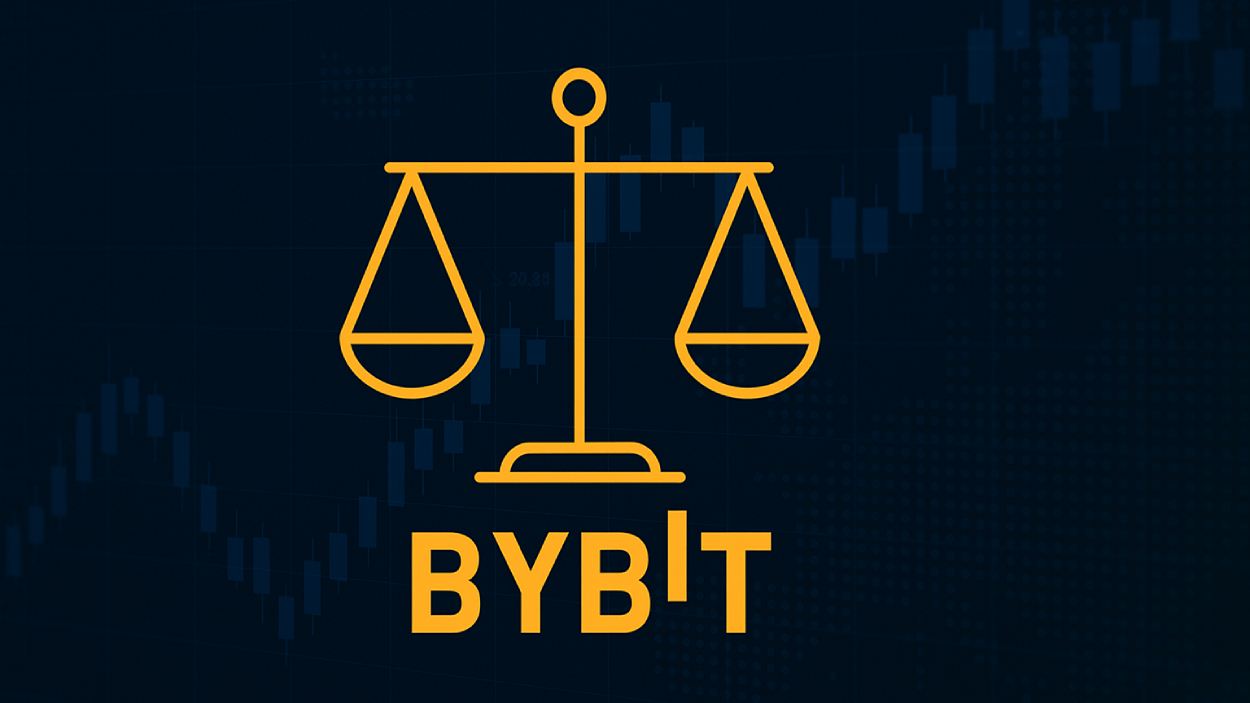Bitcoin has captured the world’s attention since its inception, becoming the most recognized cryptocurrency globally. From humble beginnings to reaching historic price peaks, Bitcoin’s journey has been filled with both high volatility and remarkable adoption. In 2025, as the digital asset landscape continues to evolve, understanding Bitcoin’s key statistics becomes crucial for investors, regulators, and enthusiasts. This article dives into the current state of Bitcoin, providing a detailed analysis of its market performance, user demographics, and future outlook.
Editor’s Choice: Key Bitcoin Milestones
- Bitcoin’s market capitalization exceeded $1.35 trillion in May 2025, driven by consistent institutional inflows and ETF expansion.
- Bitcoin’s price reached $68,200 in May 2025, marking a 30% increase from the previous year.
- Over 490 million people globally hold cryptocurrency in 2025, with Bitcoin remaining the most held digital asset.
- Bitcoin’s daily trading volume averaged $96 billion in Q1 2025, up 20% from the same period in 2024.
- Bitcoin ETFs attracted $18.4 billion in inflows in the first five months of 2025, highlighting continued institutional adoption.
- Bitcoin Lightning Network capacity surged by 85%, facilitating over 8 million monthly transactions in early 2025.
- 78% of Fortune 500 companies now utilize Bitcoin or blockchain-based tools in their operations as of Q2 2025.
Bitcoin Technology Global Market Growth
- The Bitcoin technology market is expected to reach $20.15 billion in 2025.
- The market is projected to grow at a CAGR of 18.4% during the forecast period.
- By 2029, the Bitcoin technology market size is forecasted to hit $39.55 billion.

Bitcoin Market Capitalization
- Bitcoin’s total market cap stands at $1.35 trillion as of Q2 2025, accounting for 41.2% of the entire cryptocurrency market.
- The lowest market cap in 2025 so far was $1.01 trillion, observed during the early Q1 correction.
- Bitcoin’s market dominance has averaged 44.5% in 2025, maintaining its lead despite altcoin growth.
- Bitcoin fully recovered from the 2023 slump, holding a steady cap above $1 trillion throughout 2025.
- Ethereum’s market cap reached $610 billion in 2025, remaining below 50% of Bitcoin’s valuation.
- 69% of the total Bitcoin supply is held by long-term holders in 2025, contributing to reduced liquid circulation.
- Analysts project Bitcoin’s market cap could surpass $1.6 trillion by the end of 2025, driven by ETF inflows and global regulatory clarity.

Bitcoin Trading Volume
- Bitcoin’s daily trading volume in Q2 2025 averaged $96 billion, marking a 22% increase compared to the same period in 2024.
- On March 5, 2025, Bitcoin’s 24-hour trading volume hit a record $112 billion, fueled by ETF inflows and bullish sentiment.
- Spot markets remain dominant, making up 61.4% of total Bitcoin trades, while derivatives account for the rest in 2025.
- Binance’s average daily Bitcoin trading volume stands at $24.5 billion in 2025, maintaining its lead among global exchanges.
- In April 2025, Bitcoin futures trading volume surged by 38% to $42 billion per day, driven by volatility and macroeconomic shifts.
- Whale trades over $1 million increased by 21% in 2025, signaling growing participation from institutions and high-net-worth investors.
- Bitcoin recorded over 243 million transactions in the first half of 2025, with noticeable spikes during inflation reports and central bank policy moves.
Biggest Public Companies with Bitcoin
- MicroStrategy remains the top corporate holder with 214,400 BTC valued at over $14.5 billion as of May 2025.
- Tesla holds approximately 10,725 BTC worth $730 million in 2025, maintaining a strong crypto presence despite market shifts.
- Block, Inc. increased its Bitcoin holdings to 8,038 BTC worth around $550 million, affirming its long-term Bitcoin strategy.
- Coinbase holds 9,480 BTC valued at roughly $640 million as part of its diversified treasury in 2025.
- Galaxy Digital now holds 20,300 BTC worth nearly $1.35 billion, reflecting aggressive accumulation through early 2025.
- Marathon Digital Holdings owns 17,800 BTC, with a total value estimated at $1.2 billion.
- Bitcoin ETFs in the US, led by Grayscale and BlackRock, collectively hold 821,000 BTC, equivalent to 3.9% of the total Bitcoin supply.

Price Performance of Bitcoin
- As of May 2025, Bitcoin’s price is $68,200, reflecting a 32% increase from the start of the year.
- Bitcoin’s all-time high reached $73,100 in March 2025, surpassing the previous 2021 peak.
- The average Bitcoin price in 2025 so far is $61,300, with typical intraday swings of $4,800.
- Bitcoin’s lowest price in 2025 was $51,900, recorded during a brief dip in early January.
- Institutional investments and ETF inflows have stabilized Bitcoin’s price with lower volatility than in previous years.
- Analysts now forecast Bitcoin could reach $80,000 by the end of 2025 amid rising adoption and reduced miner selling pressure.
- 72% of Bitcoin’s total supply remains unmoved for over a year in 2025, showing high confidence from long-term holders.
Global Bitcoin Market Forecast
- The market is projected to reach $34.2 billion in 2025.
- In 2026, the market is forecasted to expand to $43.2 billion.
- By 2027, the Bitcoin market size is anticipated to hit $54.5 billion.
- Growth continues in 2028, with the market reaching $68.8 billion.
- The market size is expected to rise to $86.9 billion in 2029.
- In 2030, the market is projected to be worth $109.6 billion.
- By 2031, the Bitcoin market could grow to $138.3 billion.
- The forecast for 2032 suggests a size of $174.6 billion.
- By 2033, the market is expected to peak at $220.3 billion.

Cryptocurrency Statistics: Investors and Demographics
- 24% of American adults now hold cryptocurrency in 2025.
- Institutional investors control over $1.78 trillion in digital assets in 2025, with Bitcoin comprising 61% of their crypto portfolios.
- Crypto adoption in Latin America grew by 41% in 2025, led by Argentina, Venezuela, and Brazil amid economic instability.
- European investors boosted crypto holdings by 28% in 2025, with Bitcoin still the dominant asset across the region.
- 73% of institutional investors surveyed in 2025 plan to increase their crypto exposure within the next 12–24 months.
- Crypto hedge funds now manage over $42 billion in assets, reflecting a 40% increase from 2024.
- Retail investors worldwide increased holdings by 18% in 2025, signaling stronger mainstream acceptance and trust in crypto markets.
Cryptocurrency’s Environmental Impact
- Bitcoin’s annual energy consumption is estimated at 137 TWh in 2025, comparable to the power usage of Sweden.
- 62.4% of Bitcoin’s energy now comes from renewable sources, showing a continued shift toward cleaner mining.
- Bitcoin mining accounts for 0.48% of global electricity consumption in 2025, slightly down from previous years.
- Carbon emissions from Bitcoin mining dropped by 23% in 2025, driven by increased adoption of hydro, solar, and wind power.
- The Crypto Climate Accord and other initiatives are working toward full carbon neutrality by 2030, with broader industry support.
- El Salvador powers over 90% of its Bitcoin mining using geothermal energy from volcanoes as of 2025.
- Several major mining firms, including CleanSpark and Bitfarm, now report 100% renewable energy usage, leading sustainability efforts.
Expectations for Cryptocurrency Market Performance
- Among current cryptocurrency owners, 83% expect the market to increase, 13% believe it will stay the same, and only 3% foresee a decline.
- For non-owners, 56% predict an increase, 31% expect it to stay the same, and 13% anticipate a decline.
- Among all informed adults, 67% believe the market will increase, 24% think it will stay the same, and 9% expect a decline.

Recent Developments
- US spot Bitcoin ETFs now total over $20 billion in assets under management following SEC approval in early 2025.
- Brazil officially recognized Bitcoin as legal tender nationwide in March 2025, joining El Salvador in embracing crypto integration.
- Bitcoin Lightning Network capacity hit an all-time high of 14,350 BTC in 2025, boosting scalability and microtransaction efficiency.
- Central banks in Nigeria, Singapore, and India have advanced CBDC pilot programs integrating Bitcoin-compatible technologies.
- Wrapped Bitcoin (WBTC) supply grew by 34% in 2025, increasing liquidity between the Ethereum and Bitcoin ecosystems.
- The 2025 G7 Summit endorsed a joint framework for global crypto tax standards and cross-border AML protocols.
- Elon Musk reaffirmed Tesla’s Bitcoin holdings in a Q1 2025 earnings call, helping sustain positive market sentiment.
Conclusion
Bitcoin’s role as a major asset class continues to solidify. With growing institutional adoption, strong price performance, and ongoing technological advancements, Bitcoin remains at the forefront of the cryptocurrency market. However, challenges such as environmental impact and regulatory hurdles must be addressed to ensure sustainable growth. Investors, companies, and governments worldwide are increasingly embracing Bitcoin as both a store of value and a medium of exchange, indicating a promising future for the world’s first cryptocurrency.
Hover or focus to see the definition of the term.


























































